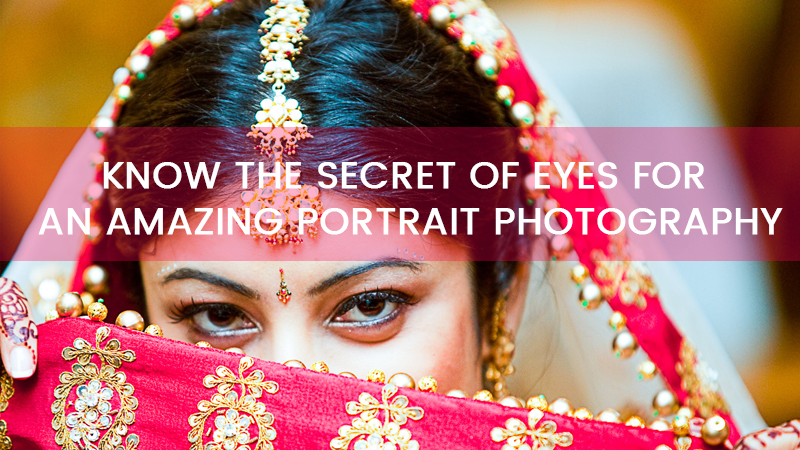Eyes are the prime aspect of any portrait. Eyes constitute hugely towards the subject's behavior in the frame. When we analyze those great portrait works of Davinci, Vermeer or Steve Mccurry, one thing which unfolds before us is the way they have handled those eyes.
The play of eyes in a frame is focused more because at first the artist or the photographer has been able to create a relationship with the subject who can be seen on the photograph and then the viewer is able to sense him in the creator’s place and there is again this flow of the relationship.
It is all in those Eyes to remain wide open, half-open or even closed.
DIFFERENT ASPECTS OF EYES IN A PHOTOGRAPHY
There are always different aspects of any part of a subject to look at seriously and carefully. Below are mentioned a few aspects of eyes to keep in mind while photography.
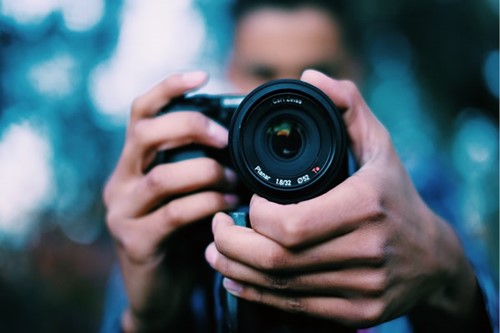
- Focus
Formerly, you need to focus on the eyes if you want to showcase them prominently. Focus on the eyes while shooting. The portrait rarely works, If the entire is subject sharp and in focus but the eyes have a very soft focus.
Starting with a focus on the eyes is that important because we learn so much about how our subjects are feeling by the look in their eyes.
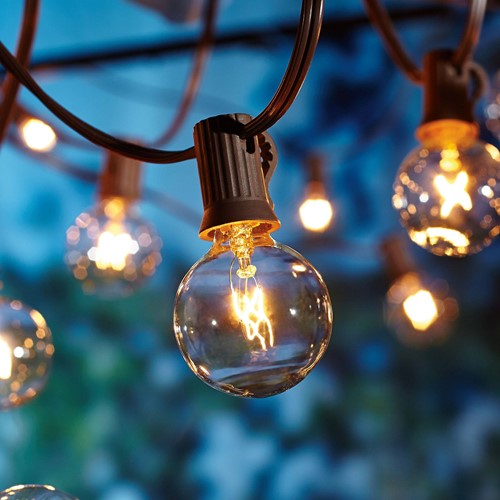
- Light
Catchlights are the reflection of a light source in the eyes. The size, shape, and brightness of your catchlights depend on the light source you use and the angle of lighting too. Eyes look the best when they are lit well, with beautiful catch light.
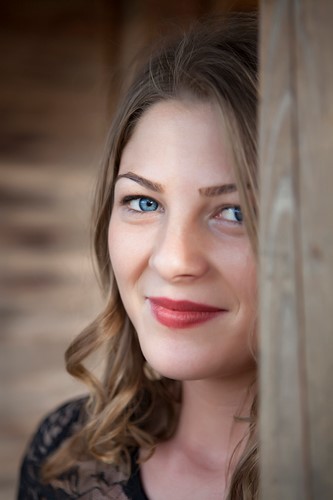
- Expression
The key to capturing a great expression in the eyes is on how you communicate, connect, and direct your model. If your model’s smile isn’t genuine, his or her eyes will appear cold and dull-looking and if your model is nervous or distracted, this too will be reflected in his or her eyes.
One technique to create a great expression is visualization. Ask your model or if you are a model, ask yourself, if you could be anywhere doing anything right now, where would that be? Tell me about that moment. Who is there? What does it feel like? Once they are in the moment of their visualization, their entire body language, and expression changes.
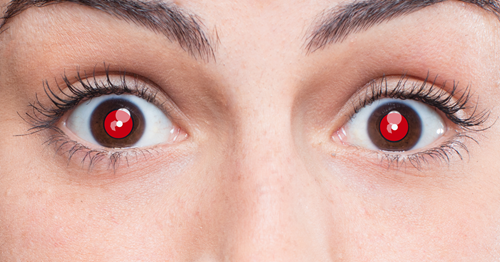
- Red Eye
The type of light you don’t want to see in the eyes of your subjects is red eye which is the implication of the effect that occurs when light from a flash is reflected from the retina, in the back of the actual eyeball.
What most people don’t know is that the main cause of the red coloring that appears is because of the blood behind the retina. The reason the appearance of red eye can disappear when we bounce flash is that the direction of the light hits the eye in a way that doesn’t reach straight to the retina, thereby saving us the appearance of that creepy red eye look.
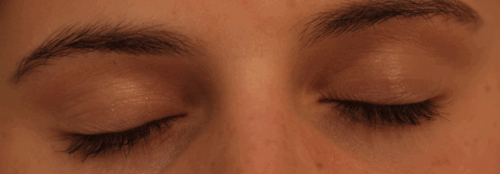
- Blink Management
It’s not uncommon to photograph a few blinks here and there. One thing to consider, though, is that human beings tend to blink more rapidly when they are nervous, so a simple way to manage a frequent blinker is to work in earnest to put them at ease.
Unless someone applied glue to their lashes in the interim, it’d be highly unlikely you wouldn’t get a few great open-eyed shots between the blinks.
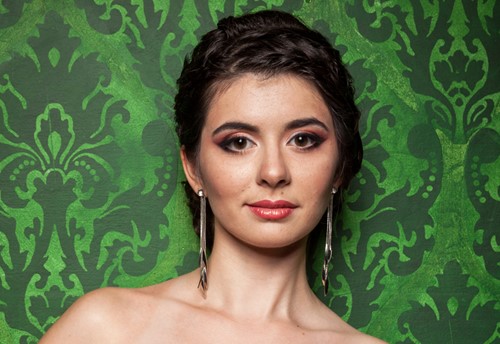
- A composition of the Eyes in The Frame
The tried and true composition rule of thirds is even more impactful when you are framing a head-and-shoulders shot. Placing the eyes in one of the major axis points invites the viewer to make eye contact immediately.
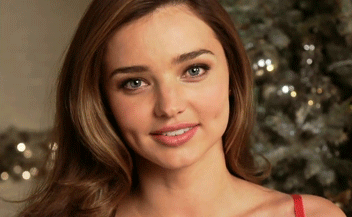
- Grabbing Sharp Eyes with Moving Subjects
All the subjects aren’t going to sit still and calmly await their portrait to be taken. Animals and children are especially very reluctant to stay still to be pinned down. In the common situation where the subject is on the move and you still want to grab a sharp focus; be mindful of your shutter speed.
One of the most common reasons why eyes are captured with unintentional blur, or softness, is because the shutter speed wasn’t fast enough. Once your subject is on the move, increase your shutter speed accordingly.
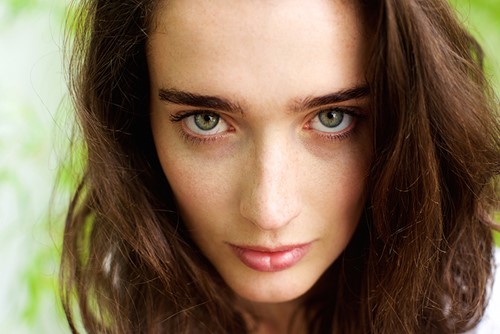
- A Position of Eyes in a Frame
There are no rules to position these prime things in your frame getting them on the midpoint of your frame is an excellent option. Those eyes must give an emotion to get the viewer involved with the subject, forming a relationship which certainly results in the success of the art.

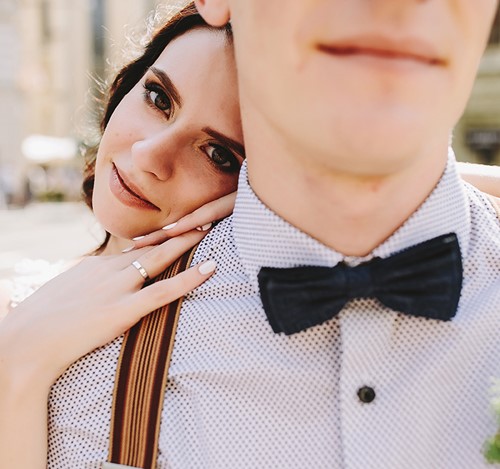
- Eyes and Smile
We all know the face is the index to mind and to note, that eyes do smile. A curious face can have a wider look with no smile at all, whereas a smiling face can have angularly poised eyes, strangely which are also smiling.
These Eyes and smile they tend to complement each other so beautifully. When it comes to smile or eyes, smile wins it by miles, but having them both, the portrait wins the heart.
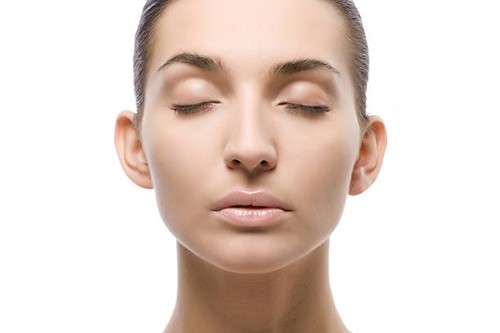
- Eyes Closed
Even more powerful transports the silence to the viewer. It makes them think and get into that mood of the subject. When eyes are intentionally closed, not accidentally blinked shut, you can convey something even more powerful about your subject. Often closed eyes convey a great deal about the mood of the individual you are photographing, about something they are paying attention to inside.
When making portraits, there is this thin line separating the viewer and subject which is closed when eyes are closed. Those portraits are those with eyes closed or partly closed.
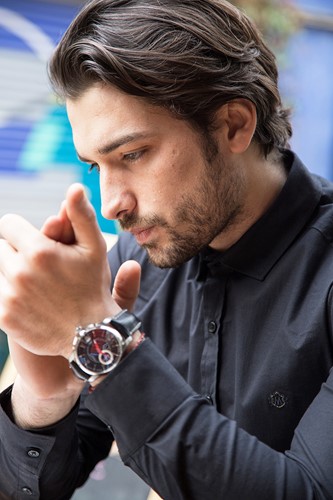
THE WATCHING SPACE
Looking back to the art of composition in portrait, we need to quote a term called “Watching space”. This space usually a negative space in your composition is the mind space of the subject, it helps the viewer to interpret the subject’s mood and its state of being. Try experimenting with this composition strategy to learn more.
When posing a portrait subject, two important questions to ask yourself are:
- ‘Where are they looking?’
- ‘What impact does this have on the shot?’
Where your subject is looking can have a real impact upon your image and how those looking at your image view it. In many instances, your subjects' eyes determine where the viewer of your image looks. For example:
- Two people looking at each other – draw your viewer into ‘relationship’ kind of thought.
- A child holding out a plate with a chocolate cake but looking at the camera gives a feeling of invitation and the child becomes the focus.
- A child holding out a plate of chocolate cake and looking at the cake can give a sense of ‘desire’ so, the cake becomes the center of focus.
- Looking outside the frame can leave the viewer wondering what they’re looking at?
There’s no right or wrong but each option can have consequences (good and bad) on the shot.
Here are a couple of considerations to keep in mind when planning on how to pose your subject:
- Pay a great deal of attention to the eyes of the subjects when photographing portraits because they have such a significant effect on the overall portrait.
- The eyes are the focus in portraits as they tell us so much about our subject.

- Looking Away from the Camera
- If your subject is looking at something other than the camera viewers will naturally want to see what it is. You then have two choices – either to show them or not hide the object of their gaze.
- If the object is within the frame this will often create a focal point for your shots.
- If the subject looks outside the frame it can create either tension or intrigue. This can either spoil or make the shot!
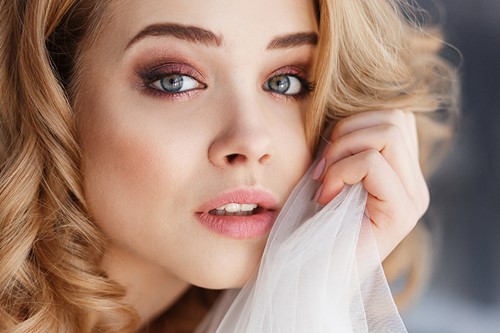
- Looking Directly at the Camera
- If your subject is looking directly at the camera it’s hard not to look at them as they become the focal point.
- Sometimes when a subject looks directly at the camera it can create discomfort or tension for the viewer of the image – it can be a very strong and confronting pose which is not necessarily bad. In fact, it can really make the shot powerful.
The direction that your subject looks when being photographed can have a profound impact upon an image to give it careful consideration. Many different poses can work and will alter the mood and focal point of the image.
The key is to know what you’re wanting to achieve and to experiment with different setups to get those results.
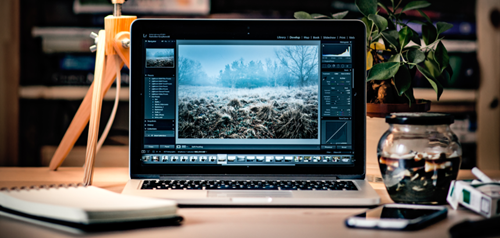
Post-production
The key to great post-production is not overdoing it. It’s easy to get excited with all the tricks and enhancements that post-production software offers. There are rarely photographers who photograph a portrait of an individual without paying specific attention to the role of catch light in their eyes.
Technically, catch light is the highlights of the reflection of the light source in your subject’s eye. Catchlight can vary in shape, size, color, and position in the eyes. Non-technically, however, I view catch light as something more meaningful. I view it as life in the eyes, the way we showcase the spirit and depth of an individual. Think about it – when you meet someone who is wearing a wide-brimmed hat, and their eyes look dull underneath, it is difficult to get a sense for them. And it is the same with portraits.
Often catch light can be far more than just a speck of light – these highlights can mirror back everything in front of the subject, including the photographer and all the surroundings around them. This contributes to a pretty magical sensation of seeing what your subject sees and can often elevate the catch light to becoming the focus of the portrait.
Whatever your preference, there is no doubt that the same and position of catch light in the eyes can also have a strong effect on the portrait – and can be quite fun to play with when setting up your lighting.
Altogether, the conclusion point is that eyes are really important part of the subject to focus on. And when the photography is portraiture, be very careful with the eyes as it is considered that a lot of many times eyes do the most talking.

